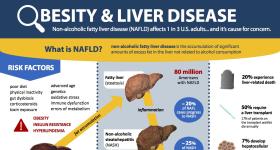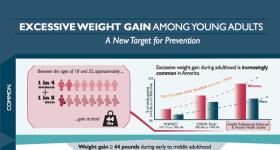Review of Obesity Treatment and Devices
The emergence of several innovative FDA-approved obesity treatment devices may offer an additional therapeutic option for adults seeking obesity care. Designed to mimic the effects of restrictive and bypass surgeries, preliminary data suggest that obesity treatment devices typically produce 10-20% weight loss at one year that may be accompanied by significant metabolic improvement.







